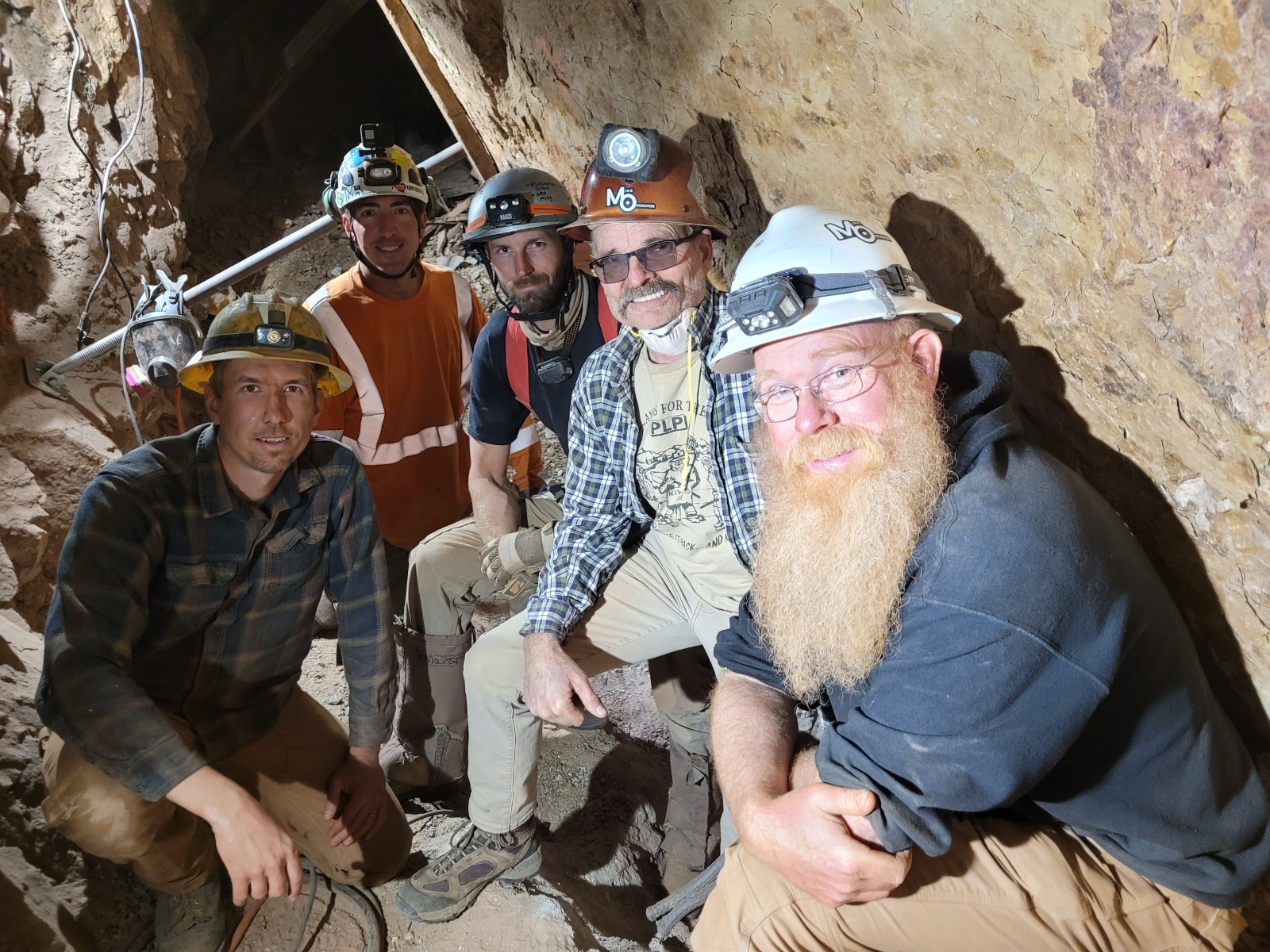Prospecting & Detecting
What's In A Name?
November 2016 by Ray Mills
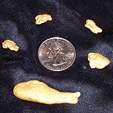 The names attached to these areas came about from many sources. Many are easy to see why the name was given while others had a more contrasting note to them.
The names attached to these areas came about from many sources. Many are easy to see why the name was given while others had a more contrasting note to them.
The Madonna Nugget
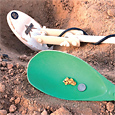 It was down deeper than I expected for surface trash. It wasn't until I was down six inches that the target screamed from my scoop.
It was down deeper than I expected for surface trash. It wasn't until I was down six inches that the target screamed from my scoop.
Man's Best Friend
 Adam’s condition had been deteriorating every step of the way. At times, I could only coax him ten or twenty feet before he laid down again. He refused to eat or drink. At this point, I realized we might not get out of the canyon by dark and might need help getting Adam out at all.
Adam’s condition had been deteriorating every step of the way. At times, I could only coax him ten or twenty feet before he laid down again. He refused to eat or drink. At this point, I realized we might not get out of the canyon by dark and might need help getting Adam out at all.
Hard Rock Milling: A Matter of Scale
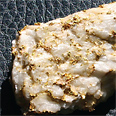 Most prospectors understand placer mining a lot better than hard rock mining and don’t realize the amount of work that goes into processing different types of hard rock ore.
Most prospectors understand placer mining a lot better than hard rock mining and don’t realize the amount of work that goes into processing different types of hard rock ore.
Gold: Is It Everywhere?
 Gold, on the other hand, is super rare, and is one of the rarest elements in the earth’s crust. It averages only 0.000004 percent of the earth’s surface. That is four parts in a billion.
Gold, on the other hand, is super rare, and is one of the rarest elements in the earth’s crust. It averages only 0.000004 percent of the earth’s surface. That is four parts in a billion.
Old Water Channels Provide Important Clues
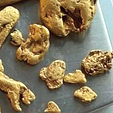 After washing the top sixty to ninety feet of gravel, the old- timers hit the bedrock. The bedrock paid one-eighth to one-half of an ounce to the square foot…
After washing the top sixty to ninety feet of gravel, the old- timers hit the bedrock. The bedrock paid one-eighth to one-half of an ounce to the square foot…
Selectable Frequency vs Multi Frequency Detectors
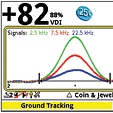 I like to think in terms of “conductive mass” because it is a combination of both the conductivity of the metal and the size of the target that determine how a detector sees conductivity.
I like to think in terms of “conductive mass” because it is a combination of both the conductivity of the metal and the size of the target that determine how a detector sees conductivity.
Subscription Required:
The Bawl Mill
• Our Readers Say
• Legislative and Regulatory Update
• Detecting: Small Creek Yields Good Gold
• Ask The Experts: Is this BLM demand legitimate?
• The Challenge of Winter Dredging
• What Have You Got to Lose?
• MMAC Update
• How to Upgrade Your Pocket Plunger
• Glaciers and Placer Gold Deposits
• Oregon Miners Still Fighting
• Greenhorn Finds Gold in Colorado
• Mining Stock Quotes and Mineral & Metal Prices
• Melman on Gold & Silver
Free:

